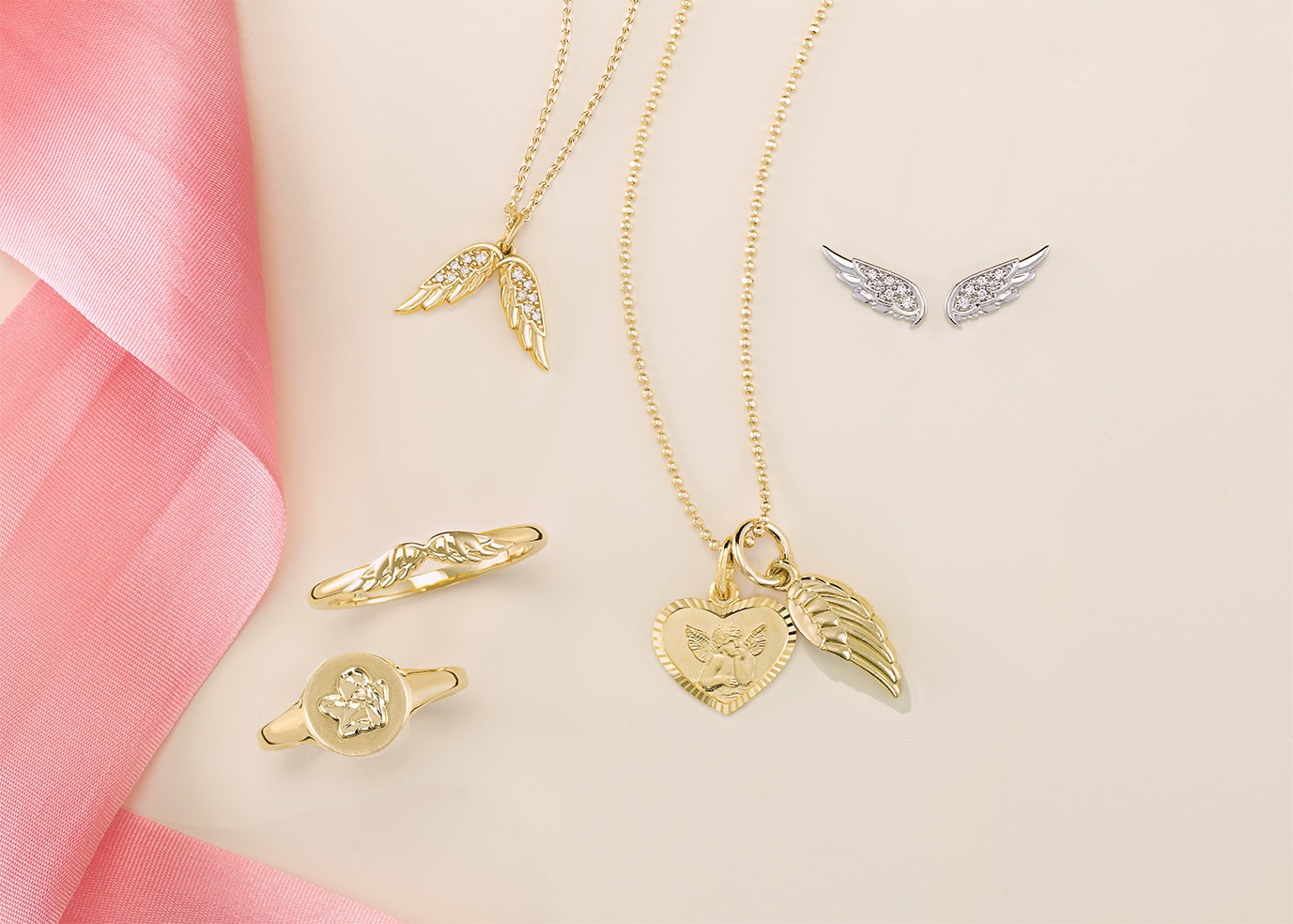While many people recognize the appearance and scent of mothballs, few ponder the correct and incorrect ways to use them. Although mothballs can effectively repel certain insects within homes, it is crucial to employ them appropriately. Due to their usage within households and their perception as common household items, users often neglect to read instructions or treat these products seriously.
This article delves into the composition of mothballs and addresses significant safety concerns. Are these traditional guardians of winter wardrobes allies or adversaries in our homes? Additionally, we will explore their implications for human health, the environment, and alternative methods to safeguard our beloved clothing.
Table of contents
What Are Mothballs?
Mothballs are solid, often spherical, or crystalline pesticides used to protect clothing and other fabric items from damage caused by moths and other insects. The two primary types of chemicals historically used in mothballs are naphthalene and paradichlorobenzene, both known for their insect-repelling properties. These chemicals sublimate, meaning they transform from a solid state directly into a gas, releasing fumes that deter insects.
However, it’s important to note that traditional mothballs containing naphthalene and paradichlorobenzene are now banned or restricted in many places due to their potential harm to human health and the environment.
Why Are Mothballs Necessary?
Mothballs are an effective way to repel certain flying insects that are known to eat clothing. The clothes moth, Tineola bisselliella (Figure 1), is the most common culprit for damaging clothes in homes, particularly those that are stored for long periods of time. The advent of synthetic materials for clothes, improved home climate control, and more common and effective pest control tools and tactics have greatly reduced reliance on moth control, particularly with mothballs.
However, mothballs, when used according to the label, are still an effective way to reduce the risk of severe damage to clothes when placed in storage.
READ ALSO: What is Wicker? All You Need to Know
What Is In Mothballs?
If you look at the product labels, modern moth balls use pyrethroids such as Transfluthrin, which is none too pleasant either.
To be effective, moth balls are designed to be opened in a sealed container holding the clothes you wish to fumigate. Used in this way, the ingredients are not harmful, as we do not inhale or come in contact with the gasses that are released. However, if the packaging is opened outside of a sealed container, or clothes are not aired before wearing, this is when humans and animals can become harmed by a large amount of the fumes released.
Inhalation of or skin contact with Transfluthrin is known to cause nervousness, anxiety, convulsions, and skin allergies, amongst other symptoms, so it is important to follow the instructions on the label.
SEE ALSO: 15 Best Online Biochemistry Classes For | Free & Paid
What Chemicals Are In Mothballs?
Mothballs are typically composed of either naphthalene or paradichlorobenzene, both of which possess toxicity to humans. These chemicals exist in solid form at room temperature and are shaped into round balls, flakes, or cakes. Over time, they undergo a slow transformation into a gas, releasing fumes into the air.
Are Mothballs Harmful To The Body?

The substances found in mothballs pose a threat to both humans and pets. Exposure to these chemicals occurs through inhalation of the fumes emitted by mothballs. If you can smell mothballs, it indicates exposure to these potentially harmful chemicals. There is a risk, especially for children and pets, of mistakenly ingesting mothballs, which can lead to severe consequences.
Some of the chemicals present in mothballs can result in reversible health issues such as headaches, nausea, eye and nose irritation, and coughing.
Prolonged exposure to naphthalene, one of the chemicals, can cause more severe effects, including hemolytic anemia, and it is also considered a potential carcinogen. Additionally, extended exposure to mothballs has the potential to cause damage to the liver and kidneys.
READ ALSO: What are Human Environmental Interactions?
What Animals Do Mothballs Keep Away?
The effectiveness of a mothball varies depending on the type being used. Mothballs containing pyrethroid insecticides, such as permethrin or transfluthrin, are considered broad-spectrum, meaning they target a wide range of insects beyond just clothes moths.
Typically, a mothball is designed to be placed in a sealed clothes storage container, providing long-term protection against insects found in wardrobes and drawers, specifically clothes moths. It’s crucial to carefully follow the manufacturer’s instructions and use the product as intended.
It’s worth emphasizing that traditional mothballs containing naphthalene and paradichlorobenzene, which are now banned, were effective against both insects and animals.
FAQs On What Is In Moth Balls
Mothballs typically contain either naphthalene or paradichlorobenzene as active ingredients.
Yes, some mothballs may use pyrethroid insecticides like permethrin or transfluthrin as active ingredients.
Mothballs should be used according to the instructions on the label. Proper storage in sealed containers is recommended.
Can mothballs impact human health? A: Yes, improper use or prolonged exposure to mothballs can result in health issues such as headaches, nausea, and more serious effects.
Conclusion
The active components in mothballs, naphthalene, and paradichlorobenzene, are classified as registered pesticides. This categorization implies that mothballs fall under the classification of pesticides. Therefore, it is crucial to thoroughly read and comprehend the product label both before purchase and before utilizing these, or any, pesticides.
Neglecting to adhere to the label instructions could not only lead to legal repercussions but also pose harmful effects on people and the environment. To ensure efficacy and safety, registered pesticides, including mothballs, should only be used in accordance with their intended purpose. Despite their easy availability for purchase, it’s essential to recognize that mothballs are indeed pesticides and should be treated as such.
References
- edis.ifas.ufl.edu – THE FACTS ABOUT MOTHBALLS
- totalwardrobecare.co.uk – WHAT IS IN MOTH BALLS?
- home.howstuffworks.com – What is in moth balls? Is it harmful to people?





